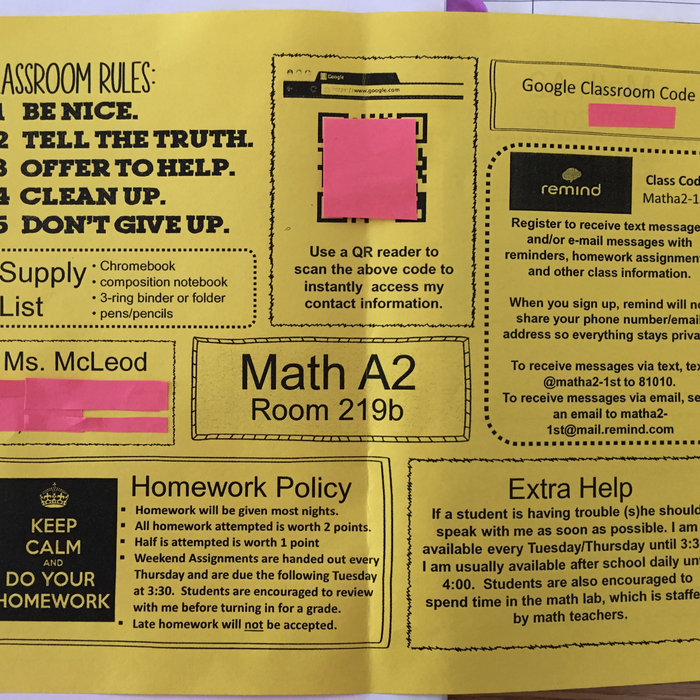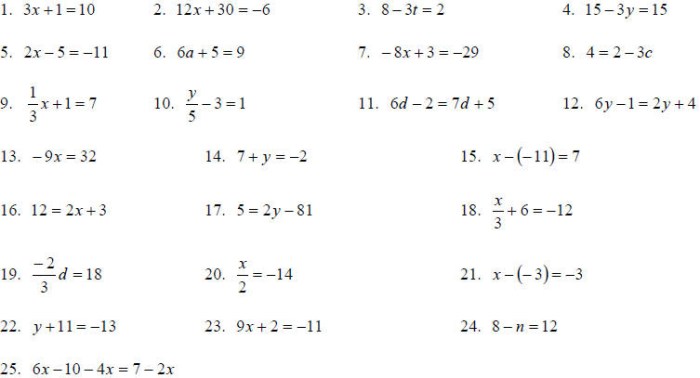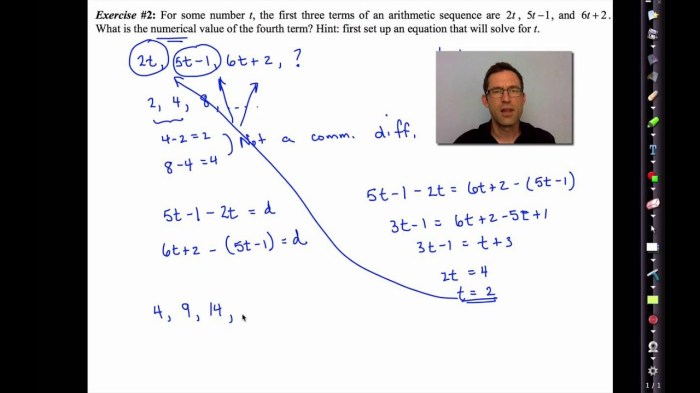Introduction to functions common core algebra 2 homework answers – Embark on a captivating journey into the realm of functions with “Introduction to Functions: Common Core Algebra 2 Homework Answers Unraveled.” This comprehensive guide unveils the intricacies of functions, empowering you to tackle homework assignments with confidence and unravel the complexities of mathematical relationships.
Prepare to delve into the fundamental concepts of functions, including their properties, operations, and transformations. Discover how functions model real-world phenomena, unlocking their practical applications across diverse fields.
1. Functions and their Properties

Functions are mathematical relations that associate each element of a set (called the domain) to exactly one element of another set (called the range). They are characterized by their key features: domain, range, and a rule that defines the relationship between the input (domain) and output (range) values.
Domain and Range
The domain of a function is the set of all possible input values, while the range is the set of all possible output values.
Types of Functions
- Linear functions: Functions with a constant rate of change, represented by equations of the form y = mx + b.
- Quadratic functions: Functions that represent parabolas, given by equations of the form y = ax² + bx + c.
- Exponential functions: Functions that represent exponential growth or decay, given by equations of the form y = ax.
2. Function Operations
Basic Function Operations
- Addition: Adding two functions results in a new function whose output is the sum of the outputs of the original functions.
- Subtraction: Subtracting one function from another results in a new function whose output is the difference between the outputs of the original functions.
- Multiplication: Multiplying two functions results in a new function whose output is the product of the outputs of the original functions.
- Division: Dividing one function by another results in a new function whose output is the quotient of the outputs of the original functions.
Composition and Decomposition
Compositioninvolves combining two functions by substituting the output of one function into the input of another. Decompositionis the process of breaking down a function into simpler components.
Properties of Function Operations
- Associative property: The order in which functions are combined does not affect the result.
- Commutative property: The order of functions in multiplication and addition does not affect the result.
- Distributive property: Multiplication distributes over addition.
3. Function Transformations

Types of Transformations, Introduction to functions common core algebra 2 homework answers
- Translations: Moving the graph of a function horizontally or vertically.
- Reflections: Flipping the graph of a function over the x– or y-axis.
- Stretching and Shrinking: Changing the steepness or width of the graph of a function.
Effects on Key Features
- Translations affect the y-intercept or x-intercept.
- Reflections change the sign of the slope or y-intercept.
- Stretching and shrinking affect the slope or range.
Applications in Real-World
- Modeling population growth or decay.
- Designing trajectories for projectiles.
- Optimizing investment strategies.
4. Applications of Functions

Modeling Relationships
Functions can be used to model relationships between variables in real-world scenarios, such as:
- Distance traveled as a function of time.
- Profit as a function of sales volume.
- Temperature as a function of altitude.
Solving Problems and Making Predictions
Functions can be used to solve problems and make predictions by:
- Finding the value of one variable when the other is known.
- Extrapolating data to predict future values.
- Interpolating data to estimate values between known points.
Applications in Various Fields
Functions are used in a wide range of fields, including:
- Science: Modeling physical phenomena, such as motion and heat transfer.
- Economics: Analyzing market trends and optimizing business strategies.
- Engineering: Designing structures, circuits, and systems.
Quick FAQs: Introduction To Functions Common Core Algebra 2 Homework Answers
What are the key characteristics of functions?
Functions possess a unique input-output relationship, where each input corresponds to exactly one output.
How do you determine the domain and range of a function?
The domain represents the set of all possible input values, while the range encompasses the set of all corresponding output values.
What are the different types of function transformations?
Functions can be translated, reflected, or stretched, altering their graphs and key features.
How are functions used in real-world applications?
Functions model relationships in various fields, such as science, economics, and engineering, enabling problem-solving and predictions.